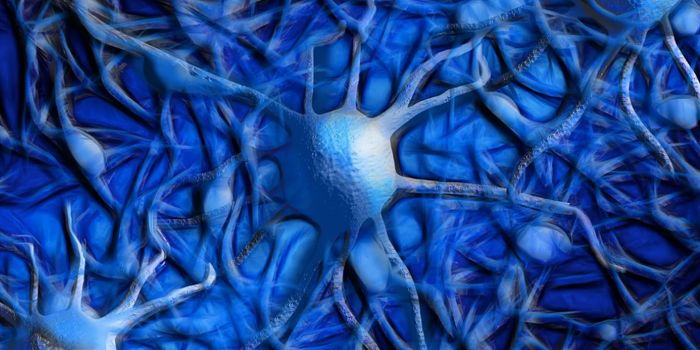In Photoreceptors, Mitochondria Seem to Have an Extra Function
Cells are full of little machines that perform critical functions, like mitochondria, which are known as the powerhouses of the cell. But new research has revealed that in photoreceptor cells, mitochondria have another function. There, they act as microlenses that help move light into the outer portions of photoreceptors, where the light is converted into an electrical signal that moves through neurons. This work used a ground squirrel model, but the researchers hope that it will reveal more about the human retina and eye disease detection. The research has been reported in Science Advances.
“We were surprised by this fascinating phenomenon that mitochondria appear to have a dual purpose: their well-established metabolic role producing energy, as well as this optical effect,” noted lead study investigator, Wei Li, Ph.D./B.M., who heads the National Eye Institute (NEI) Retinal Neurophysiology Section.
This work has provided fresh insights into how the mammalian retina works. Although it's crucial for us to sense light, and light gets translated, or phototransduced, into signals that reach the brain, a complex series of events allows that to happen. Light passes through several layers of cells before it gets to the outer segment of photoreceptors, the site where phototransduction occurs. Light then has to pass through an oddly dense collection of mitochondria. But this dense bundle isn't obscuring light. The researchers determined that the mitochondria work like microlenses that concentrate the light as it moves from the inner to outer segments of photoreceptors.
A 13-lined ground squirrel model (the species has thirteen alternating light and dark stripes on its fur) has retinas that are primarily made up of color-sensing cone cells, and few rod cells. Some human eye diseases impact the cones, making this model ideal to investigate those disorders. Confocal microscopy data was used to analyze the mitochondria in the retinal cells, and the findings were confirmed with computational tools.
Light is sensed differently depending on where it enters the pupil; light entering near the center seems brighter compared to the the same light entering at the edges. This is known as the Stiles Crawford effect. “The lens-like function of mitochondria also may explain” that phenomenon, said first study author John Ball, Ph.D., a staff scientist in the Retinal Neurophysiology Section. The Stiles Crawford effect might now be used in a non-invasive way to detect diseases that are thought to involve mitochondrial dysfunction.
There are also small oil droplets in the photoreceptors of ground squirrels, birds, and reptiles, and they are also thought to be important to how light is sensed.
Sources: NIH, Science Advances









